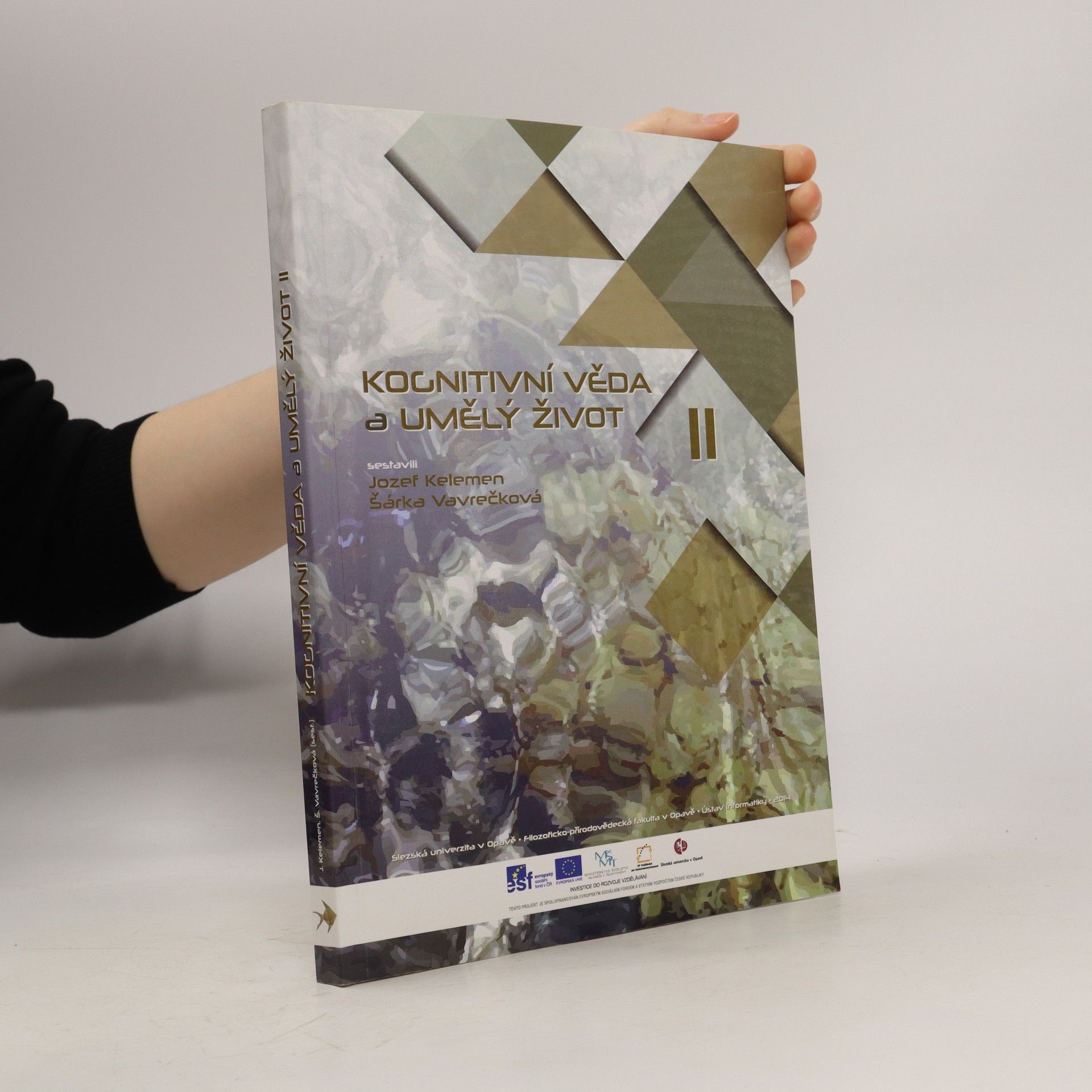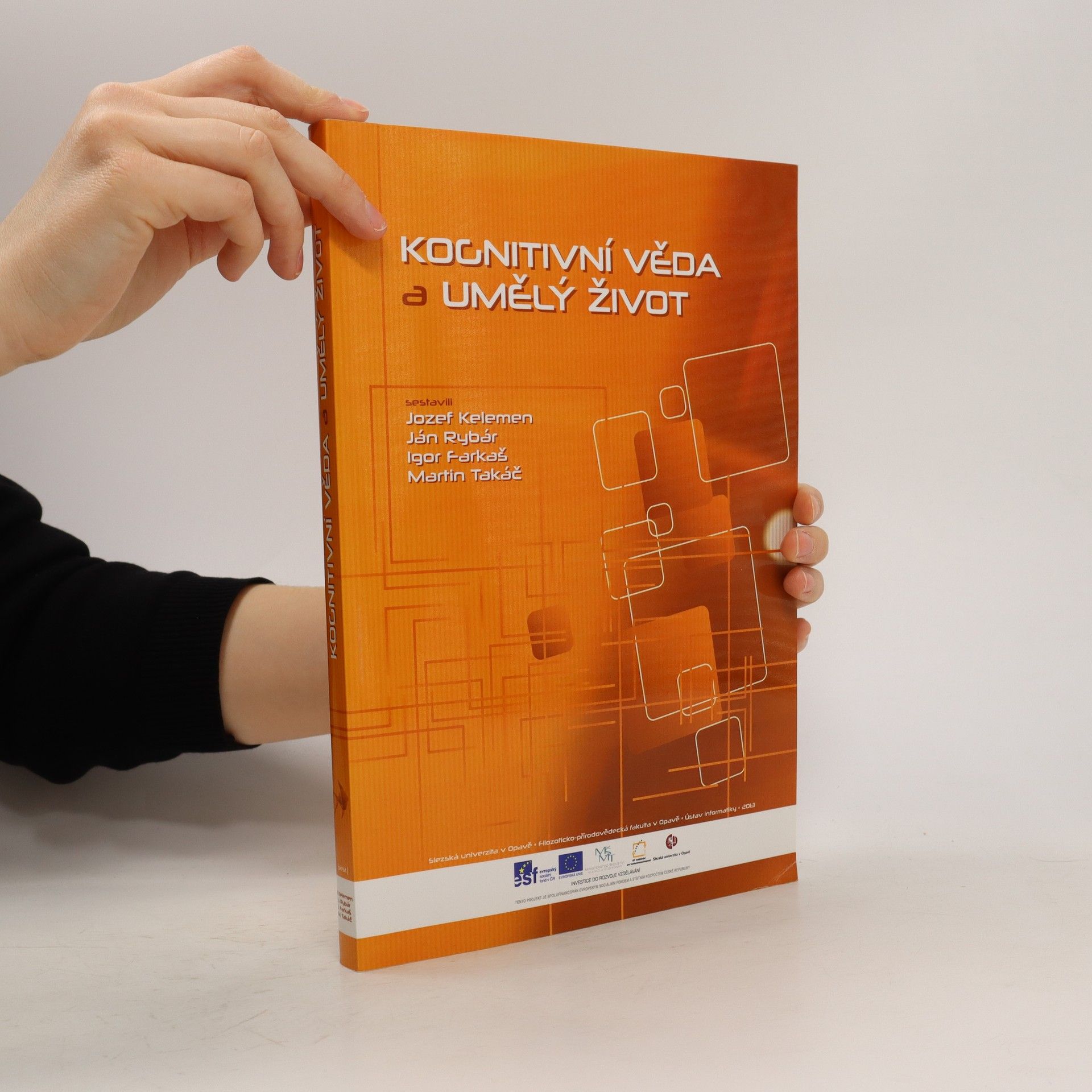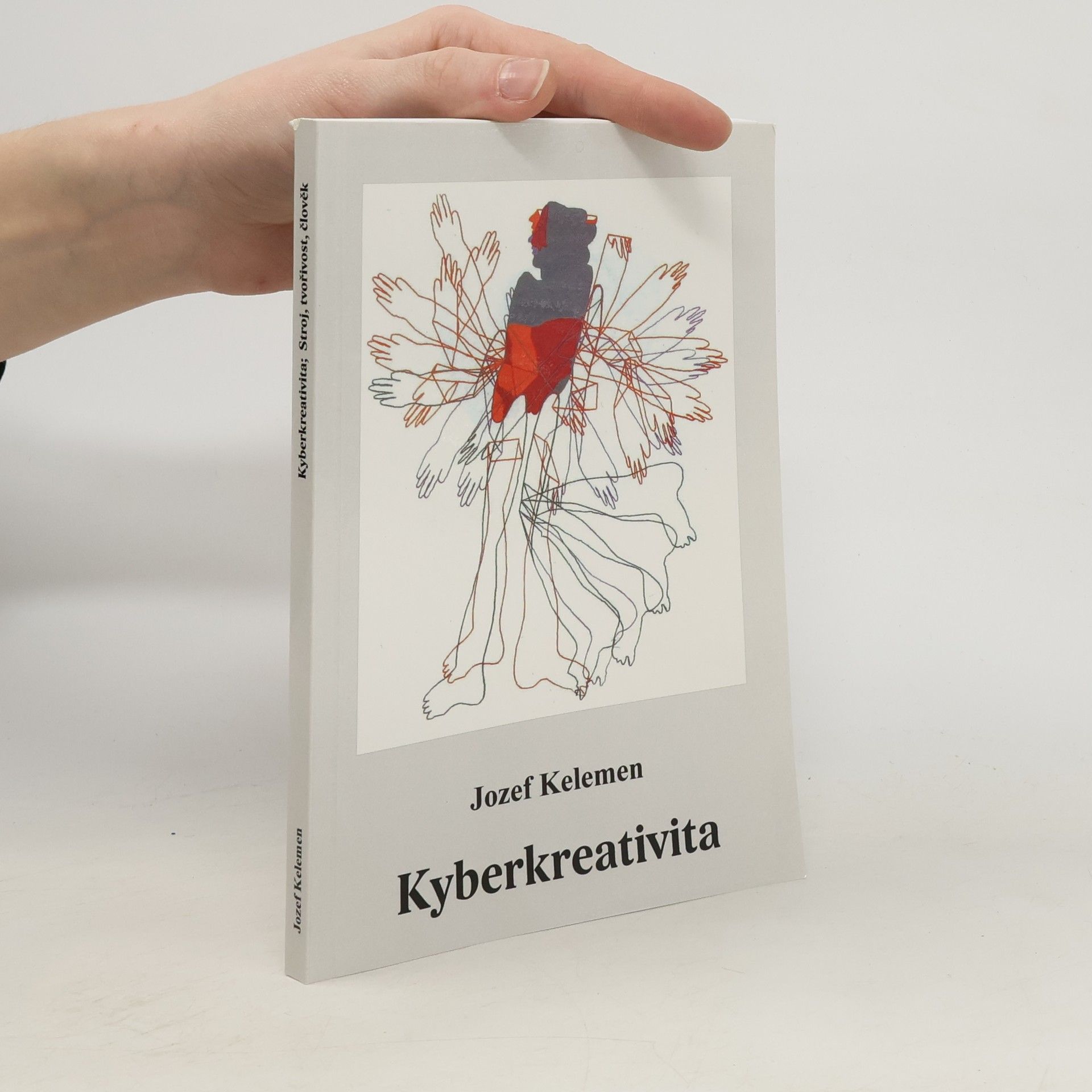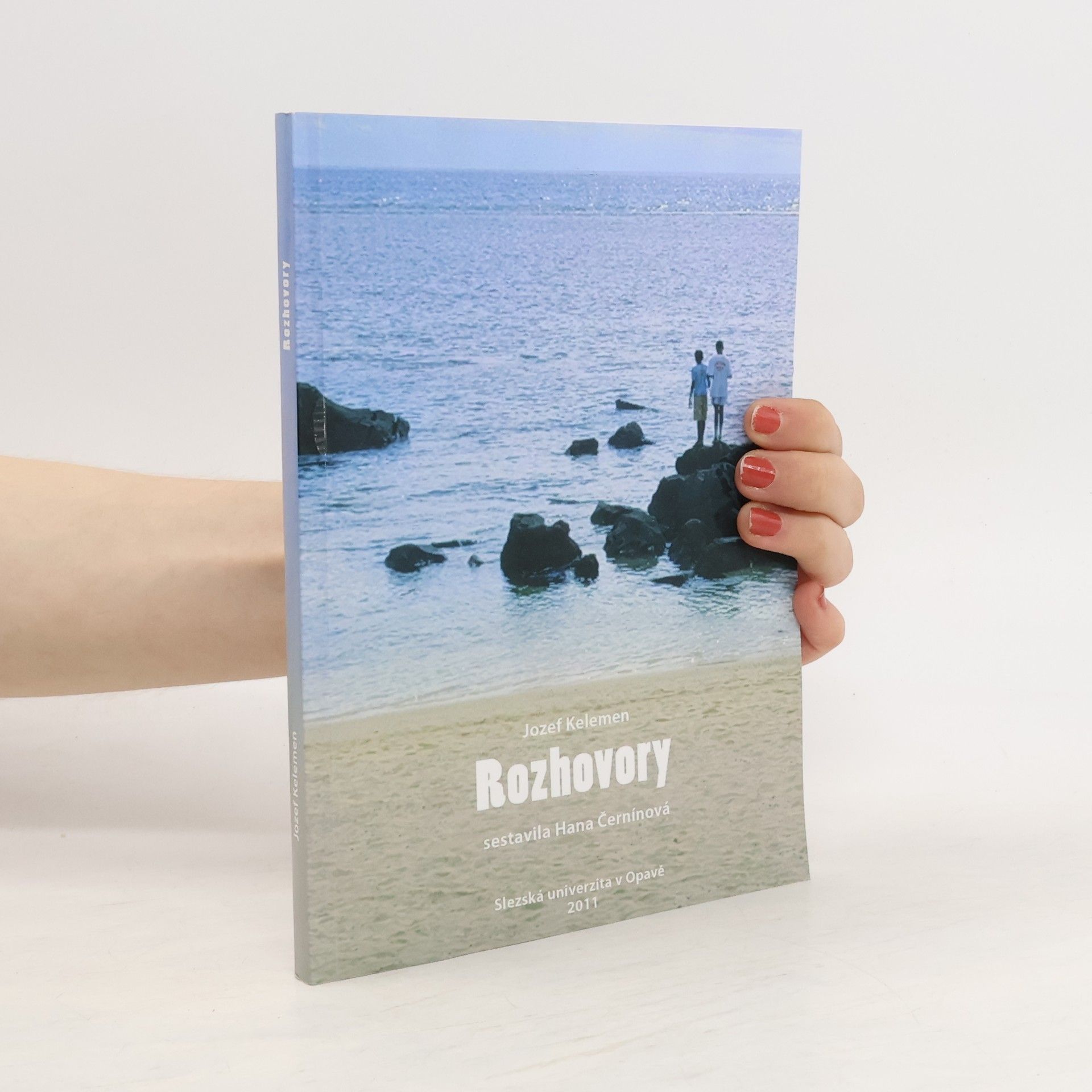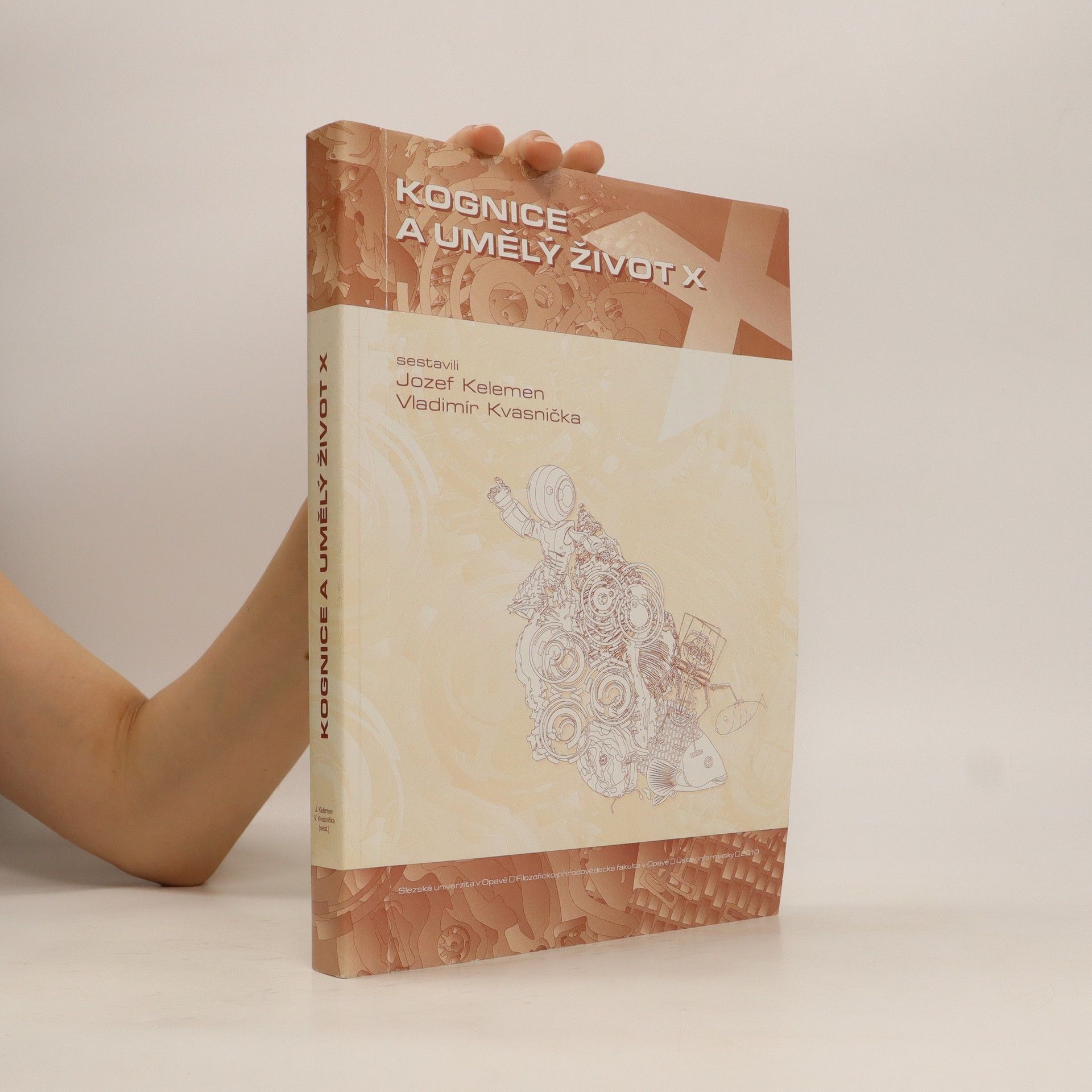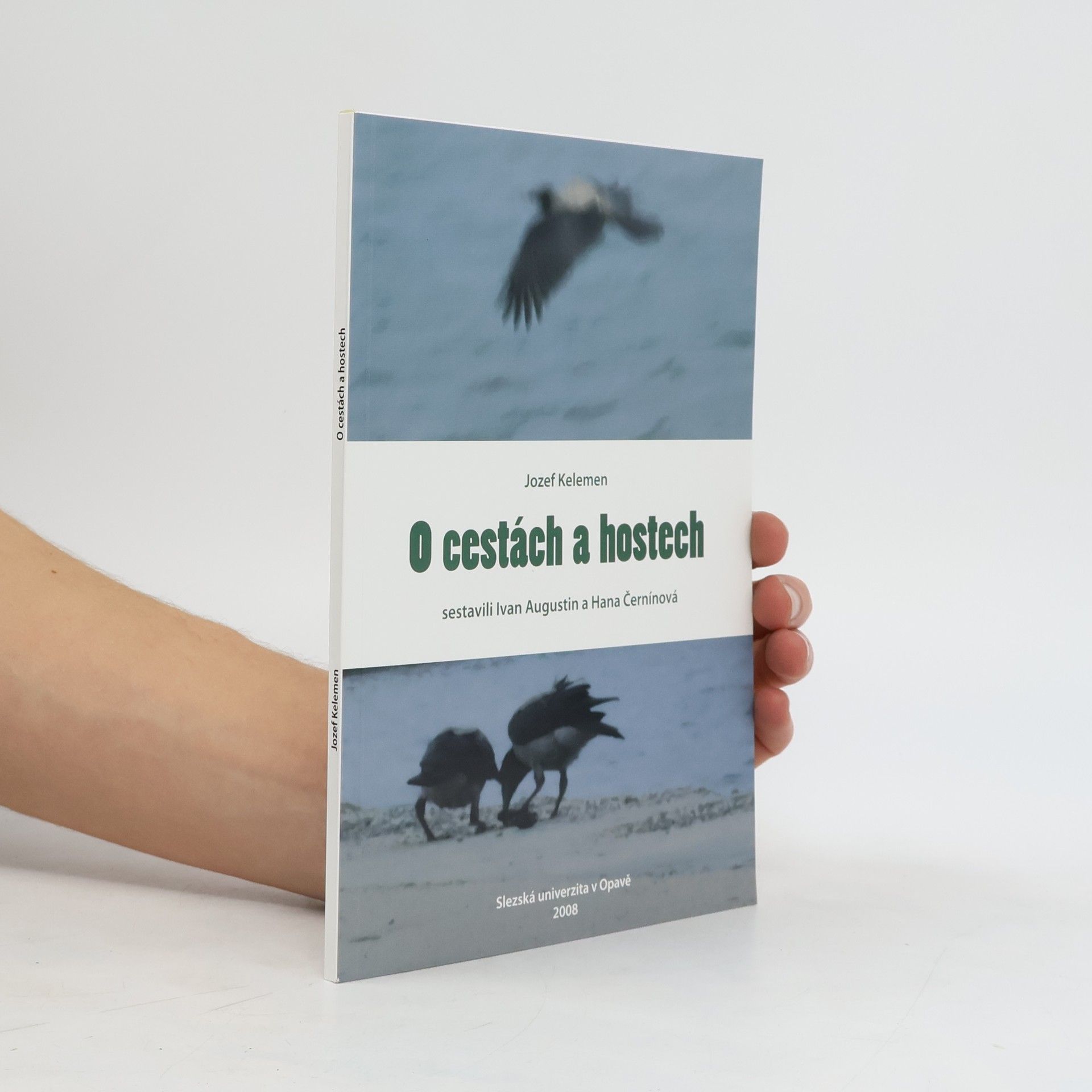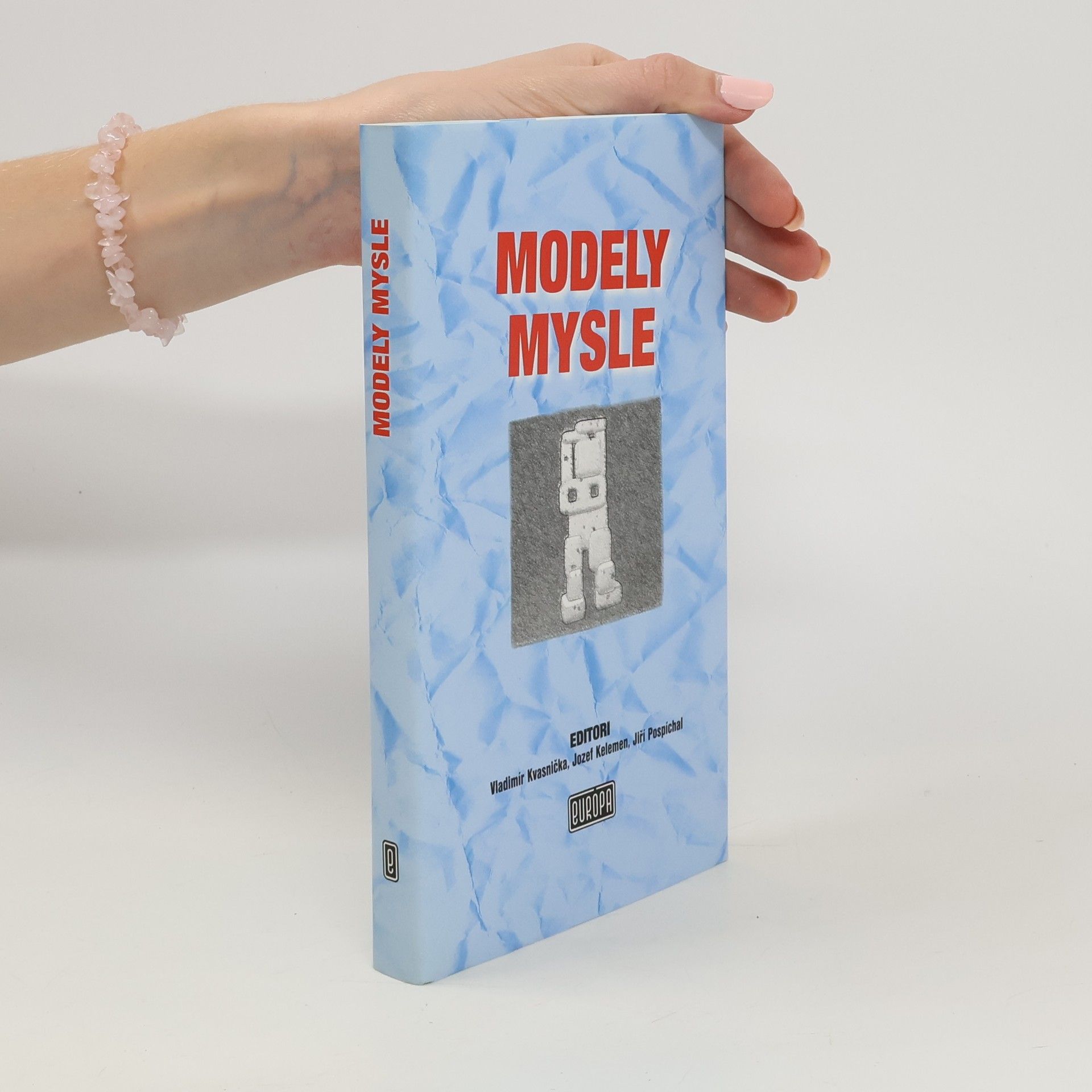Jozef Kelemen Book order

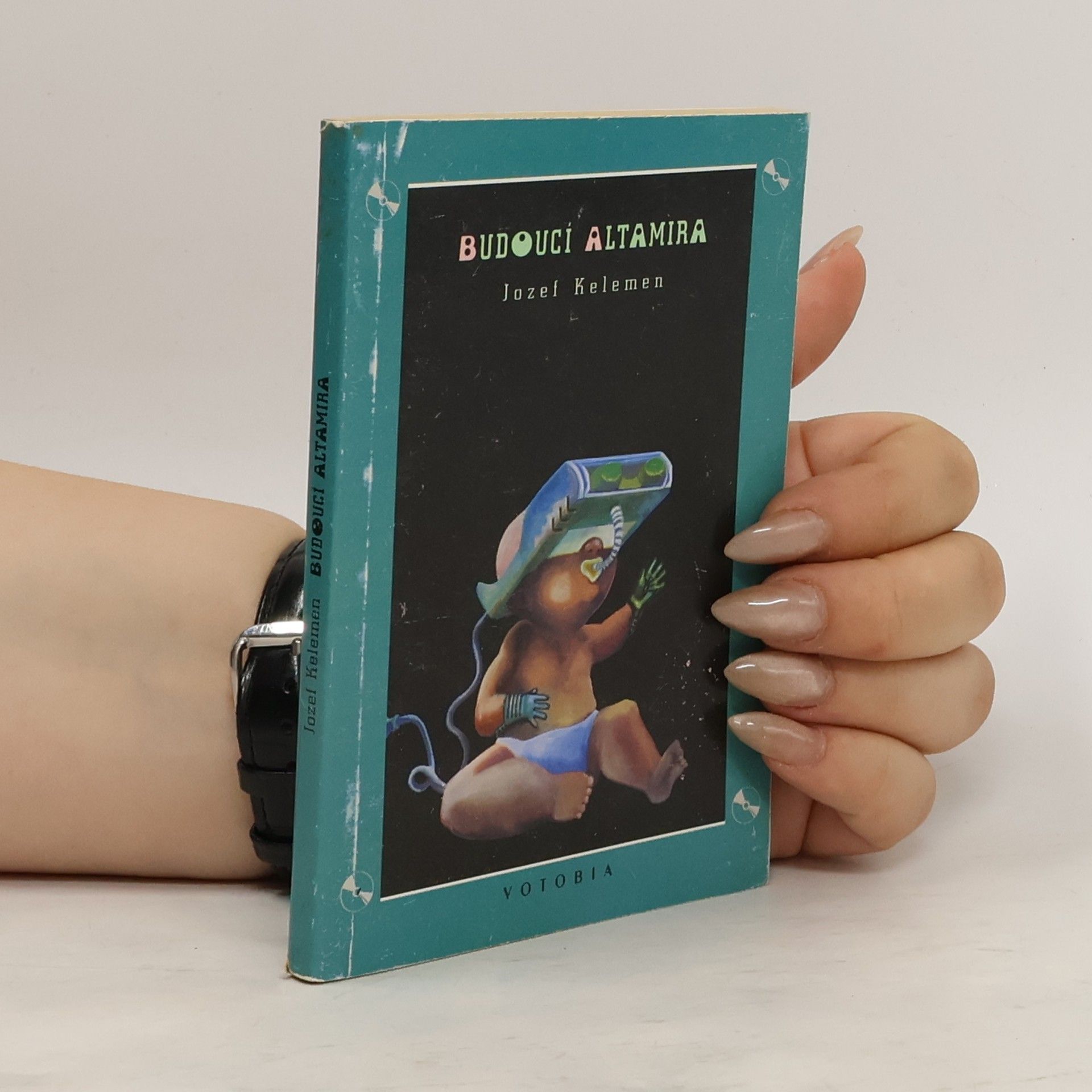



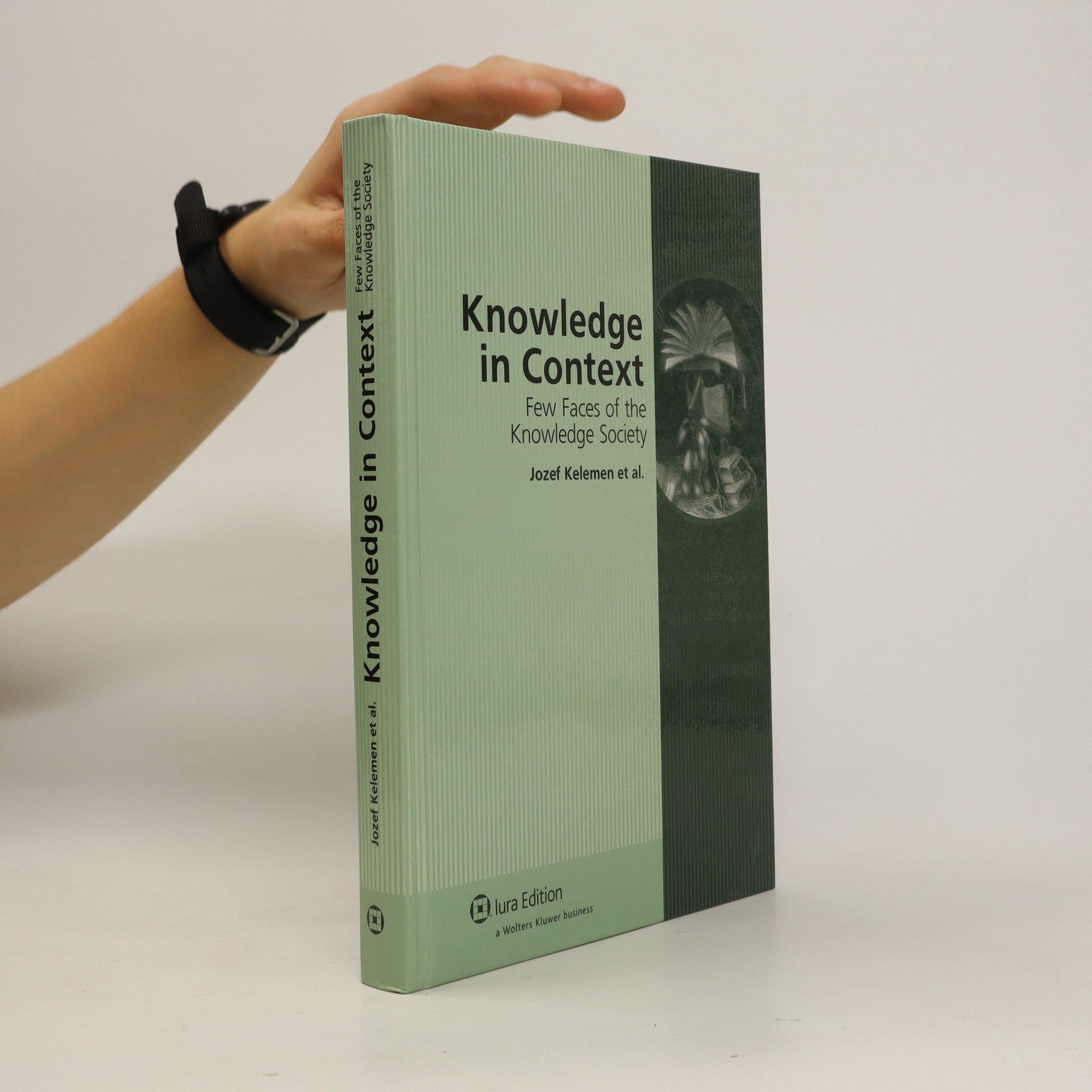
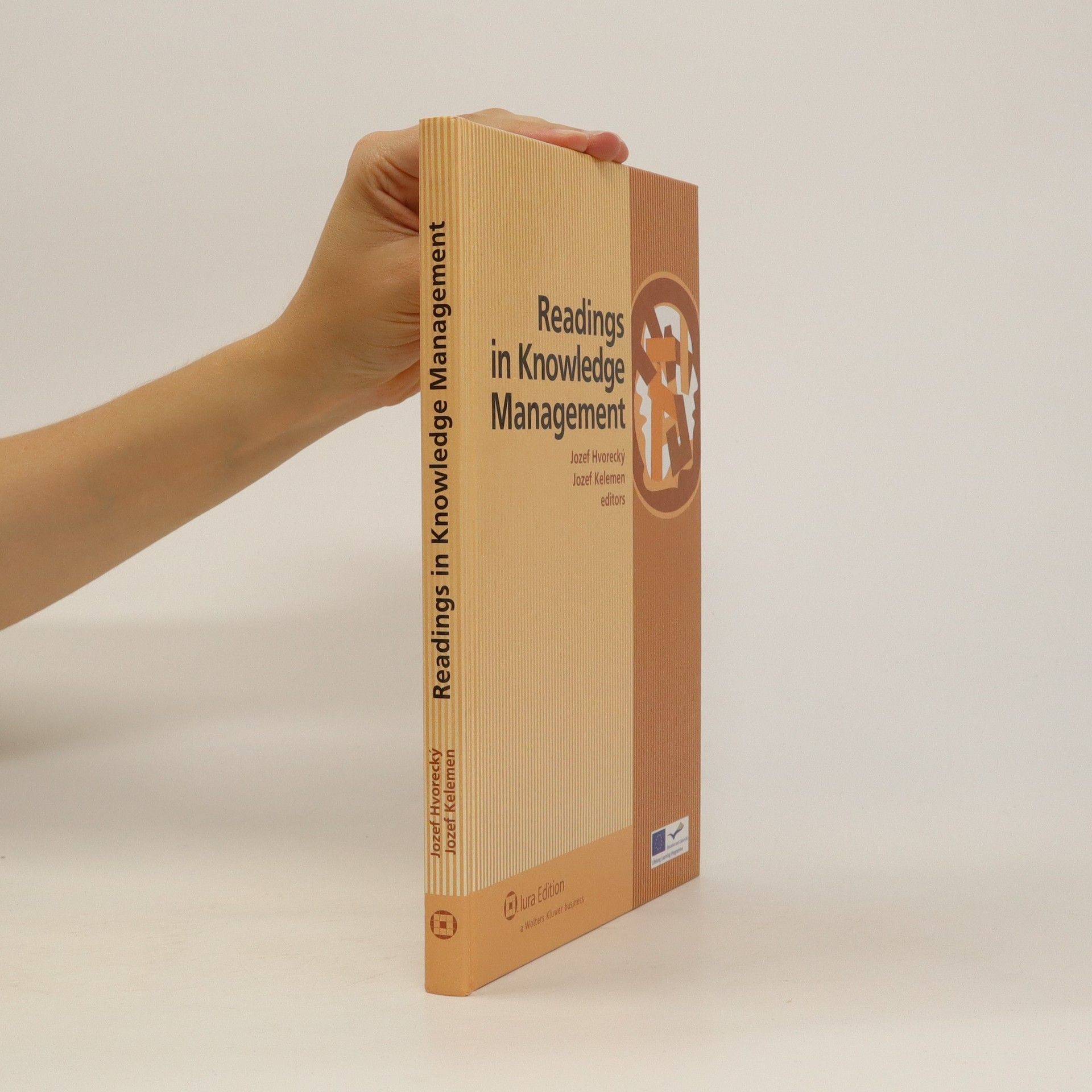
- 2014
- 2012
Kyberkreativita. Stroj, tvořivost, člověk
- 160 pages
- 6 hours of reading
- 2011
Rozhovory
- 194 pages
- 7 hours of reading
- 2010
Myslenie a stroj
- 386 pages
- 14 hours of reading
Ako myslenie ovplyvňovalo a ovplyvňuje našu predstavu o strojoch? Ako naša predstava o strojoch a stroje samy ovplyvňovali a ovplyvňujú naše premýšľanie a našu predstavu o sebe a o svete okolo nás? Kniha predstavuje fragmenty vedeckého a technického, intelektuálneho a kultúrneho kontextu, ktoré vytvárajú užitočný rámec na chápanie zmyslu dvoch zásadných otázok súčasnej euroatlantickej civilizácie. V tomto ohraničení sa na tieto otázky načrtávajú aj určité odpovede. Hoci je spomenutý kontext veľmi široký, bohatý a mnohotvárny, odpovede sú formulované tak, že nič nebude brániť kultúrne bežne rozhľadenému a vnímavému čitateľovi chápať postoje autora vyjadrené v kapitolách knihy a vytvárať si na naznačené témy a problémy aj svoje vlastné názory.
- 2008
O cestách a hostech
- 88 pages
- 4 hours of reading
- 2008
Modely mysle
- 248 pages
- 9 hours of reading
Autori štrnástich textov zastúpených v knihe Modely mysle sú renomovaní slovenskí a českí odborníci, ktorí sa venujú filozofii mysle, kognitívnej vede i umelej inteligencii a sú združení okolo pravidelnej českej a slovenskej konferencie "Kognícia a umelý život". Toto významné fórum šíri moderné myšlienky o ľudskej mysli v komunite kognitívnych vedcov a informatikov z oblasti umelej inteligencie. Kniha je určená všetkým čitateľom so záujmom o moderné prístupy k štúdiu ľudskej mysle, ktoré sú založené na metaforách mysle ako počítača (buď symbolického alebo konekcionistického), so širokým použitím argumentačných prostriedkov súčasnej neurovedy, umelej inteligencie a kognitívnej vedy.
